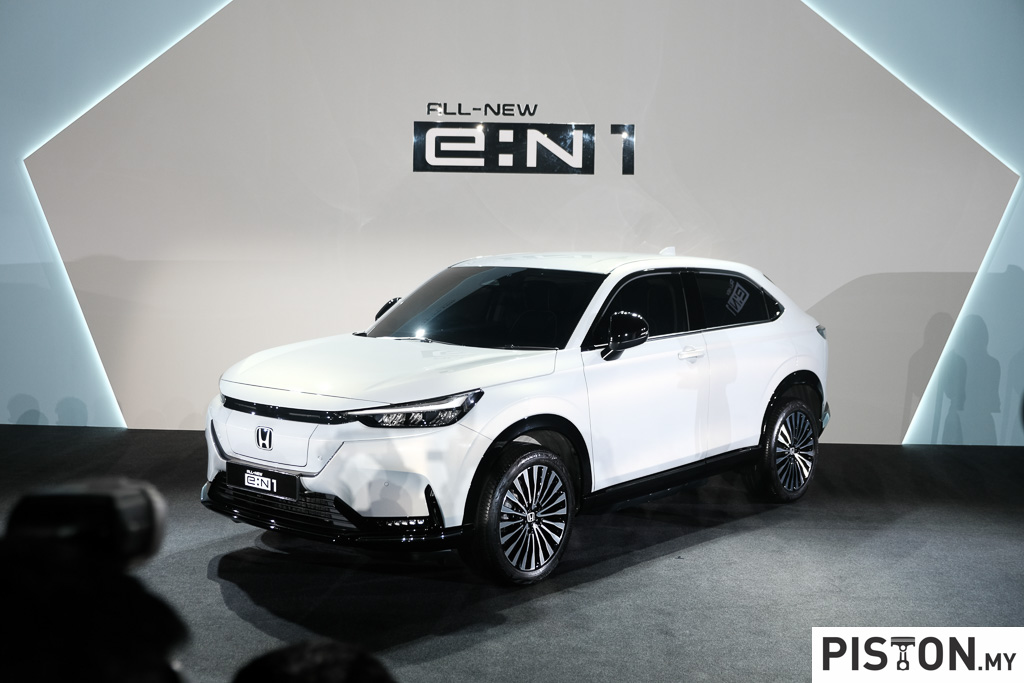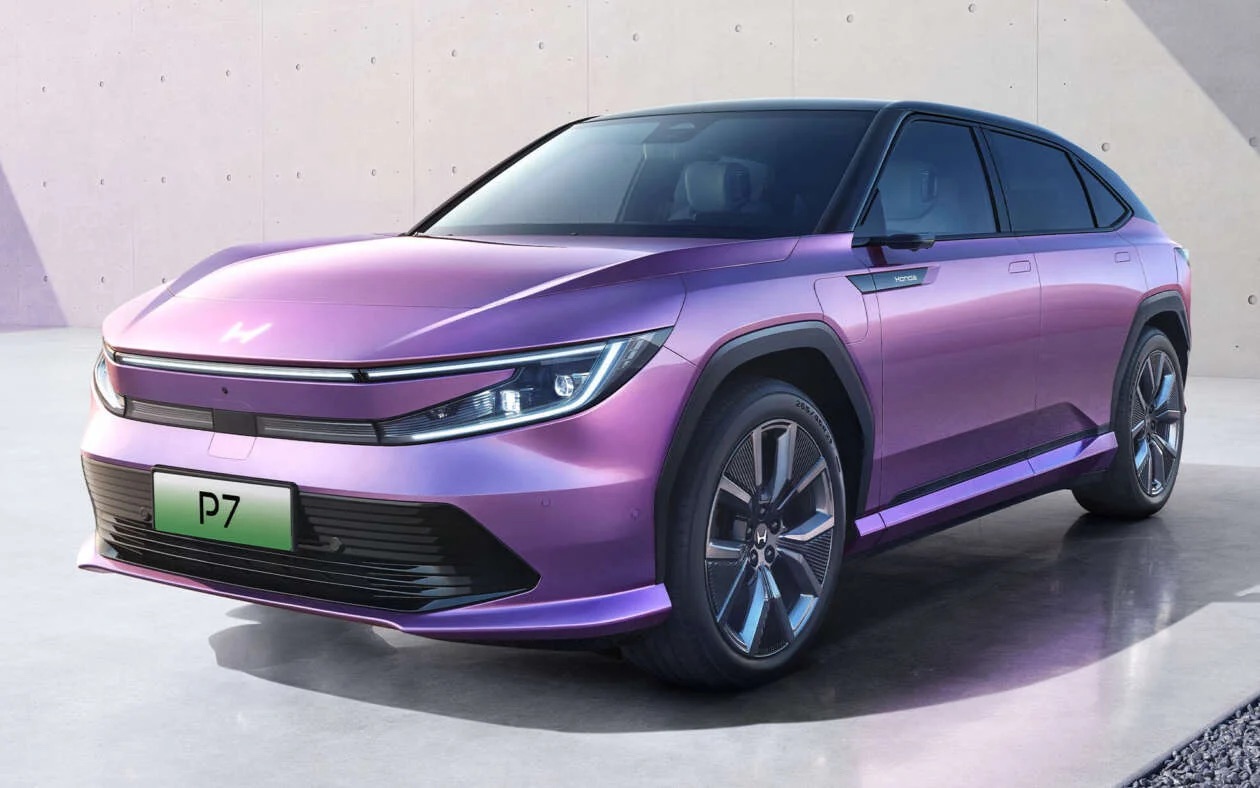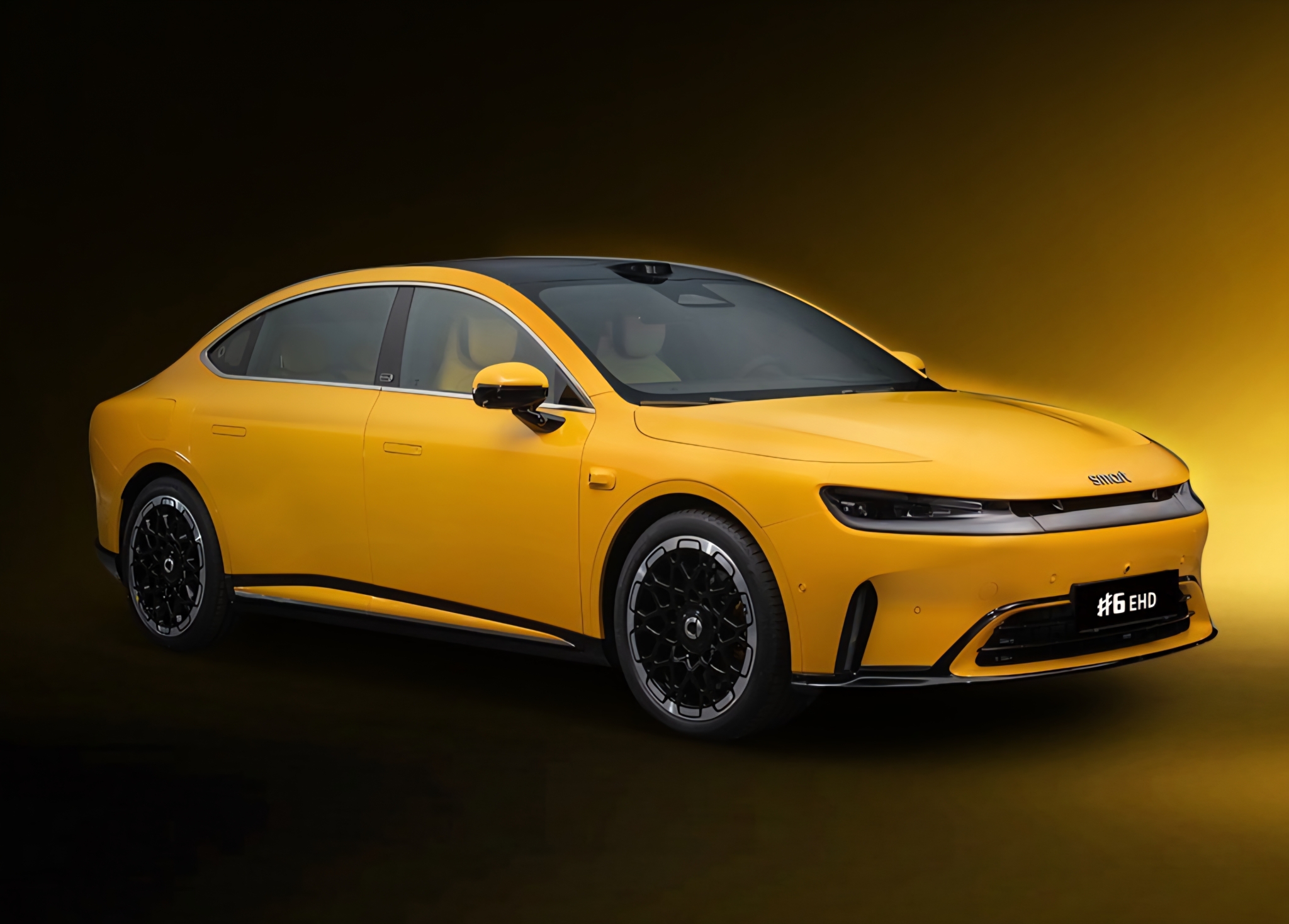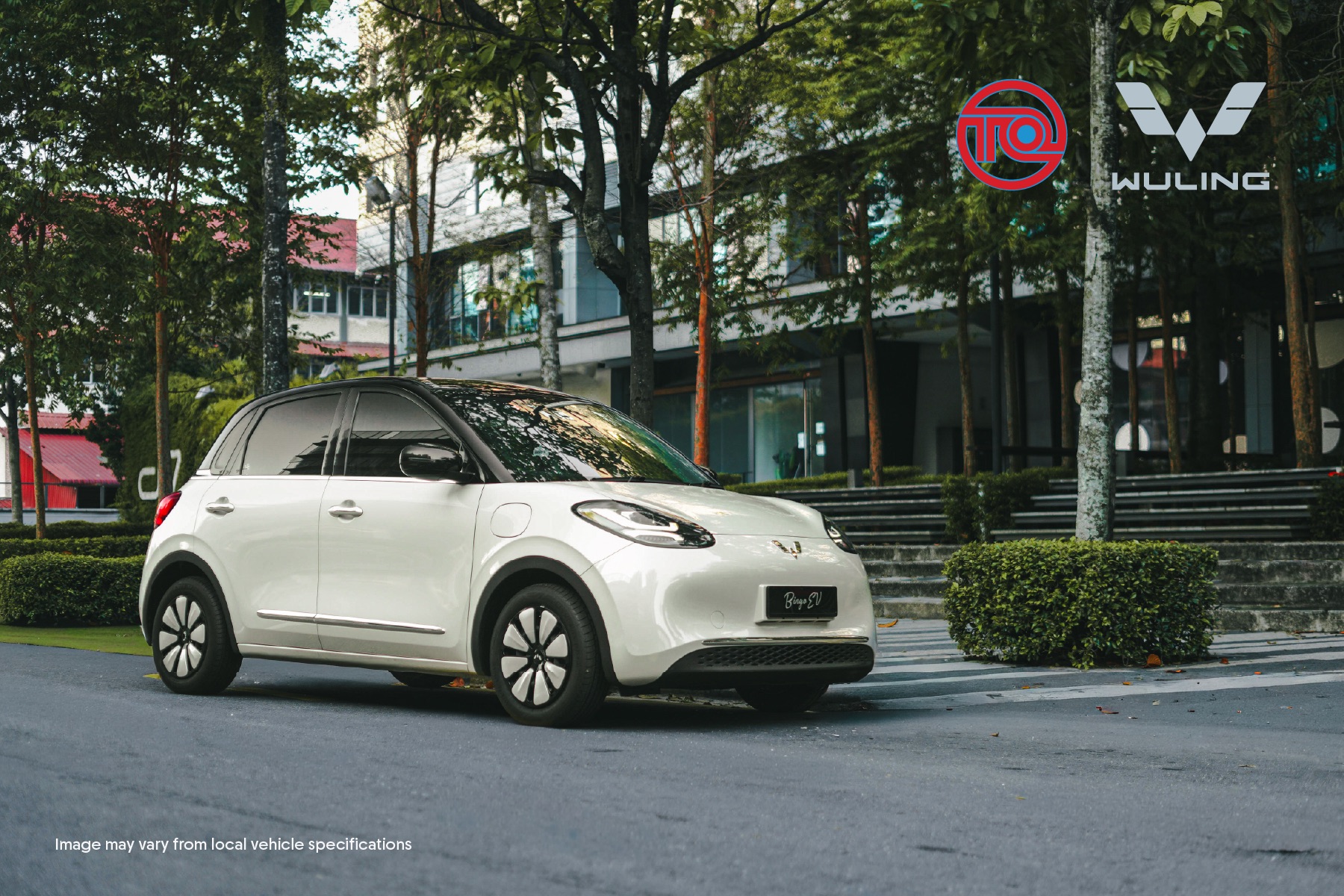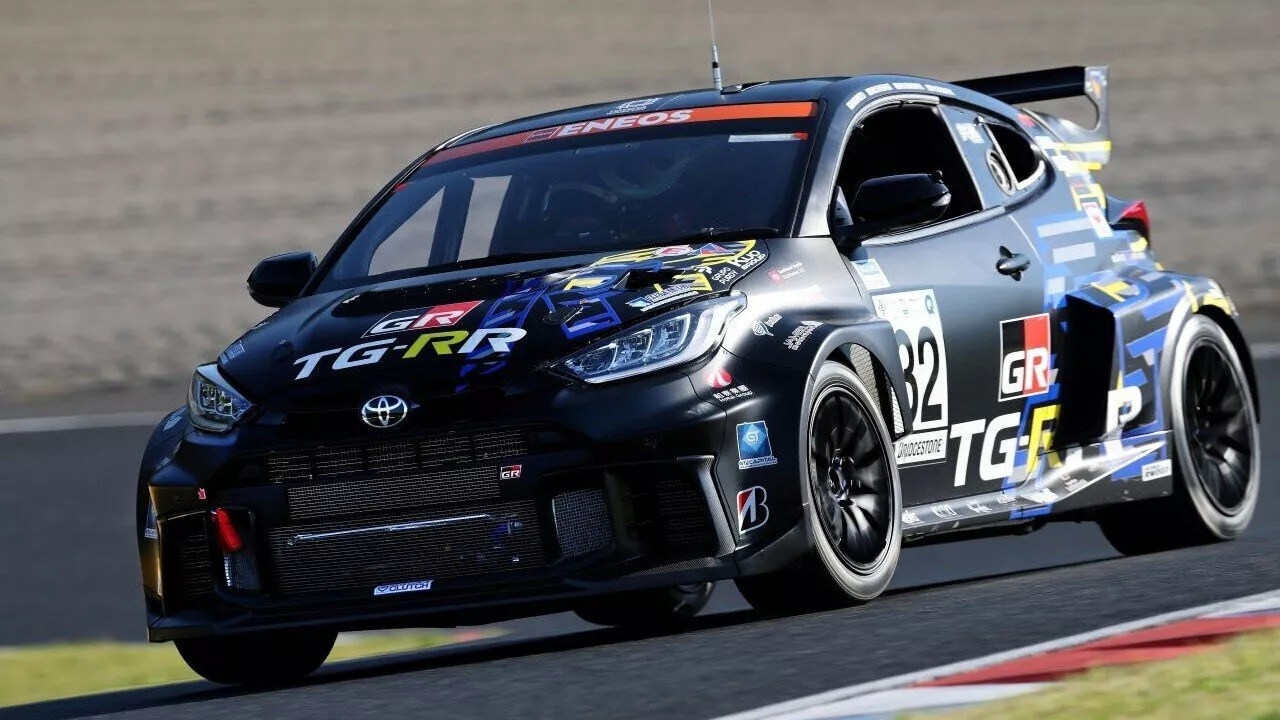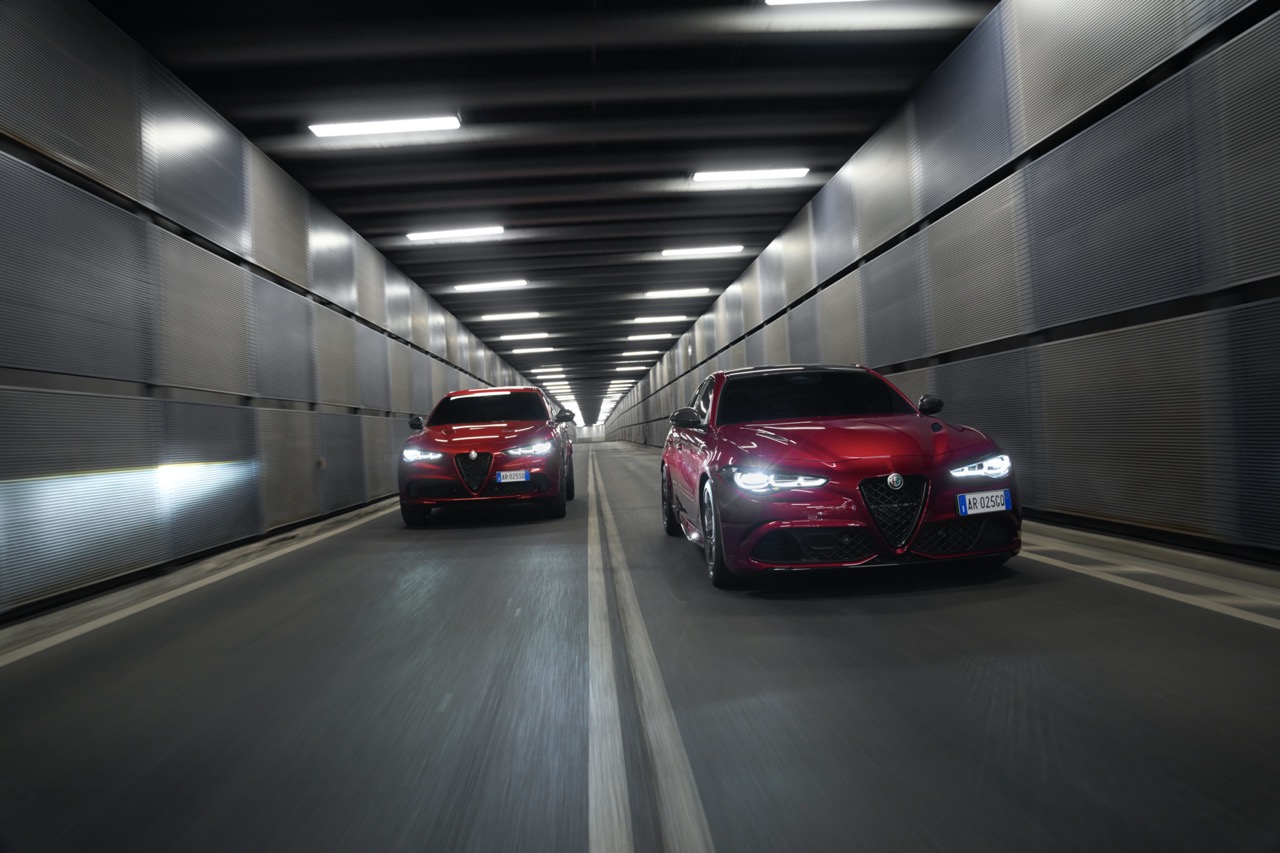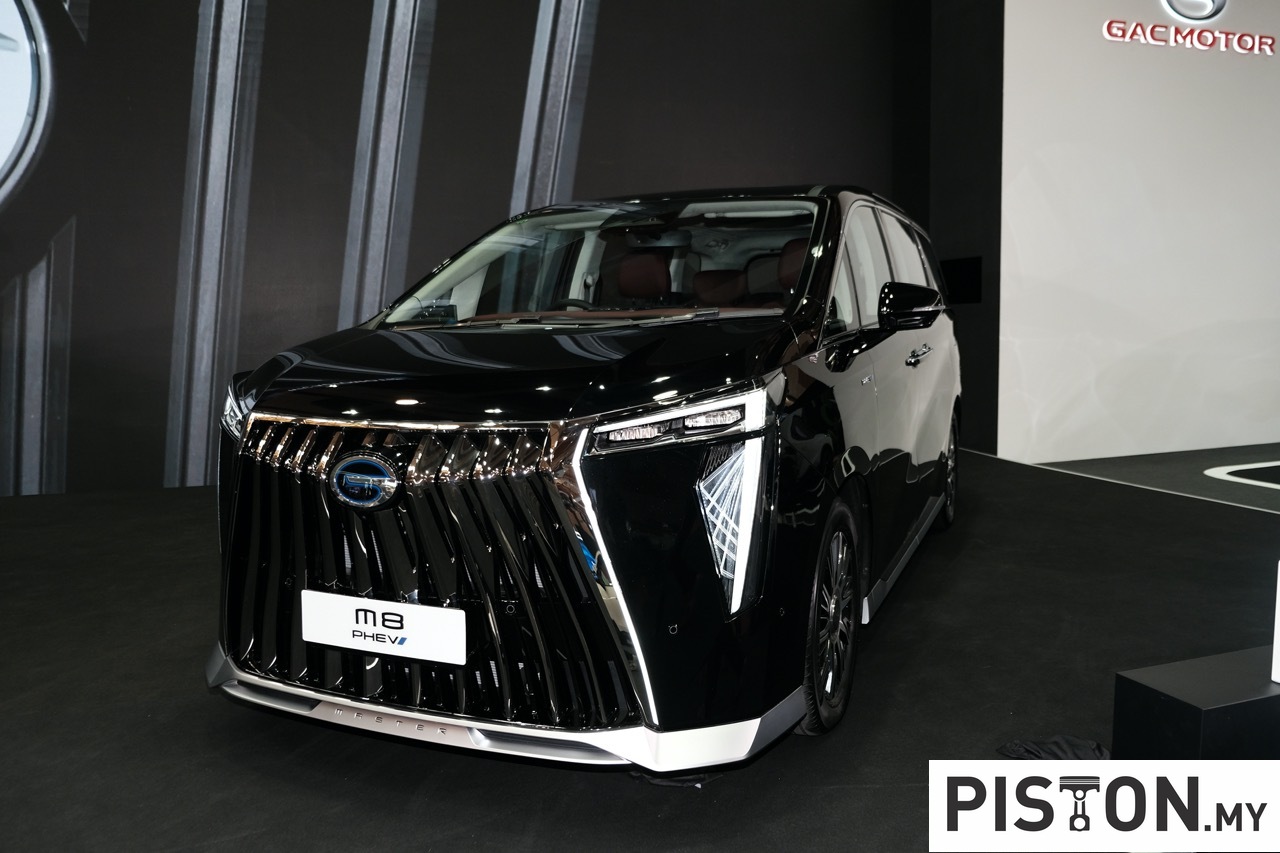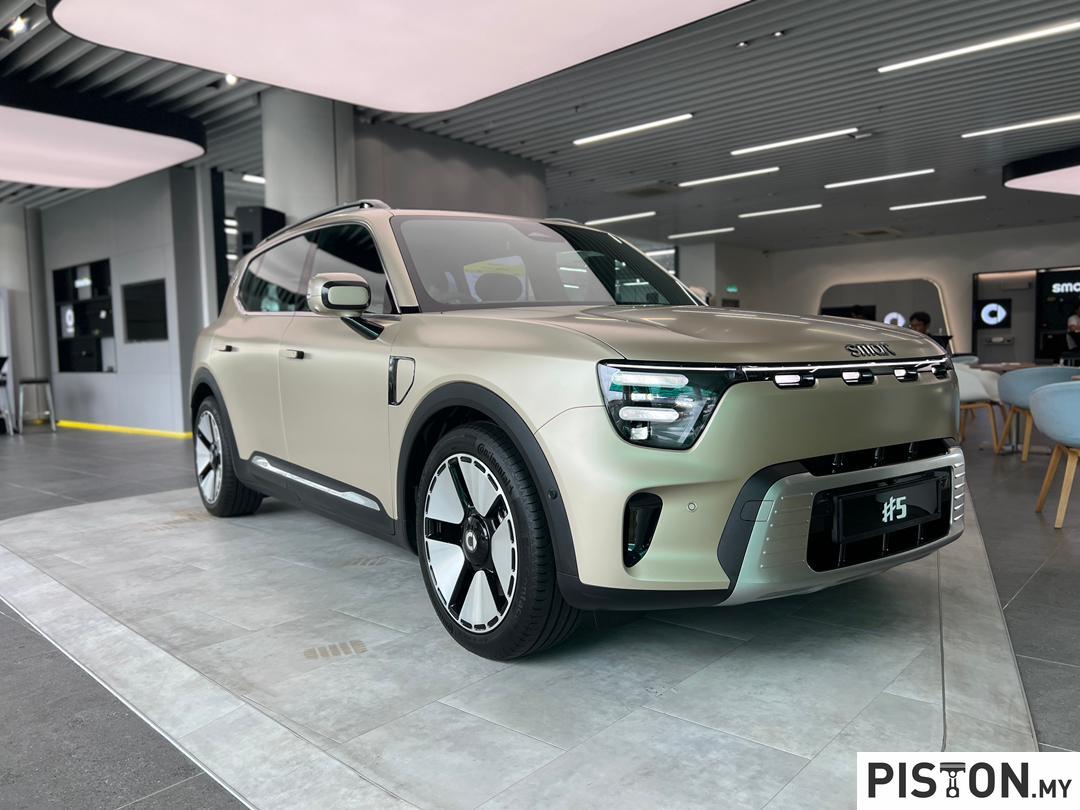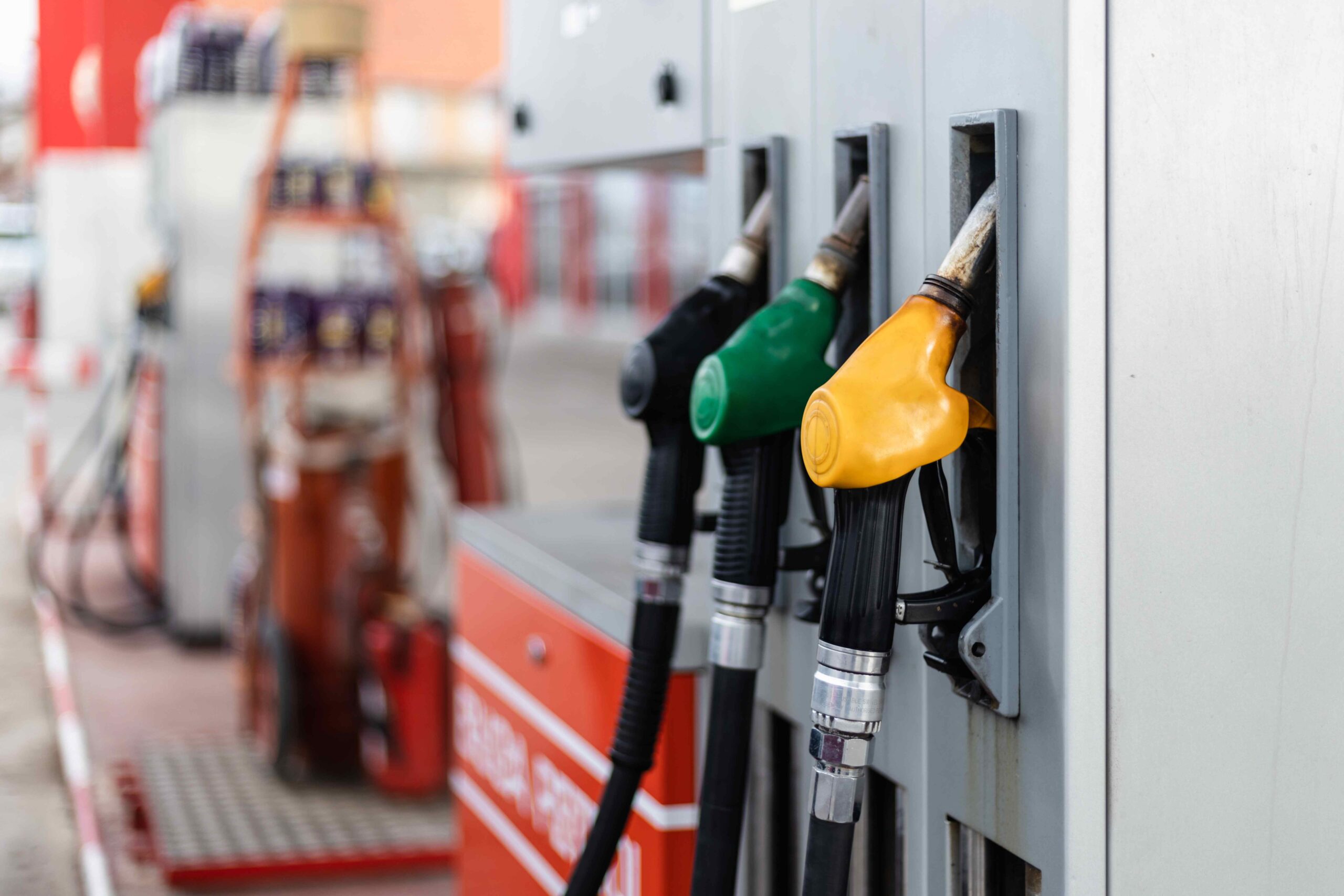Following the debut of the Honda e:N1 in Malaysia, Honda Malaysia has confirmed it will introduce two additional electric vehicles (EVs) within the next three years. While specifics remain undisclosed, all signs point towards a strategic expansion aimed at cementing Honda’s presence in the Malaysian EV landscape.
The e:N1, Honda’s first EV offering in the country, is positioned in the B-segment SUV class, making it a compelling choice for city drivers and compact crossover enthusiasts. However, Honda’s next moves are expected to broaden its EV appeal, likely targeting higher segments with more advanced offerings.
One strong possibility is the introduction of models from Honda’s upcoming 0 Series, a new global EV lineup first revealed at CES 2024. At the forefront of this range is the Honda 0 Series Saloon, a striking fastback concept defined by its low, aerodynamic profile and Honda’s new “Thin, Light, and Wise” design philosophy. This concept signals the company’s future vision for EVs, combining cutting-edge technology, extended driving range, and intelligent driver assistance systems.
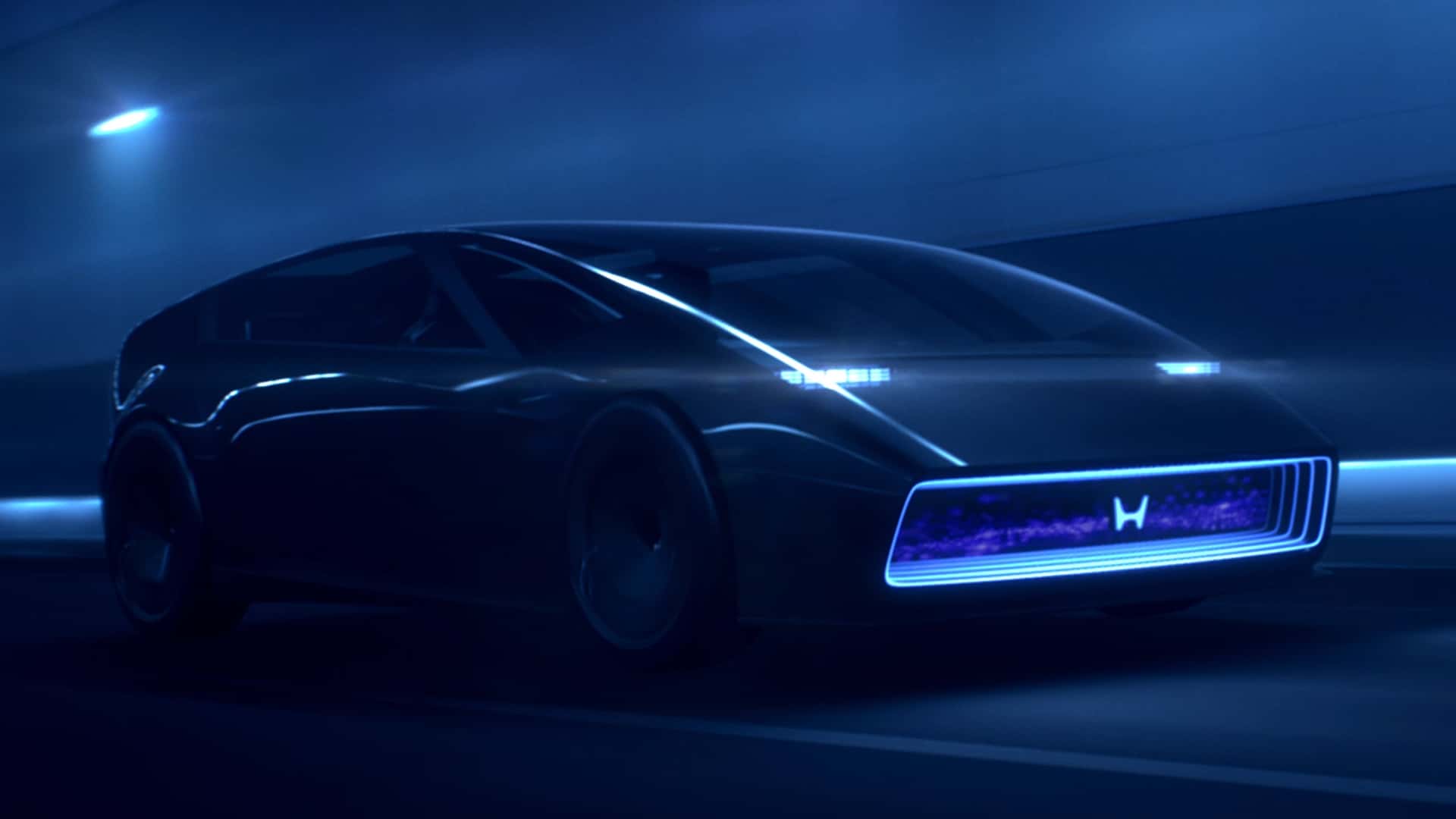
Should the 0 Series Saloon be adapted for the Malaysian market, even partially, it would likely serve as a flagship model, symbolising Honda’s long-term electrification ambitions with a premium product to rival models such as the Hyundai Ioniq 5, Kia EV6, and Tesla Model Y.
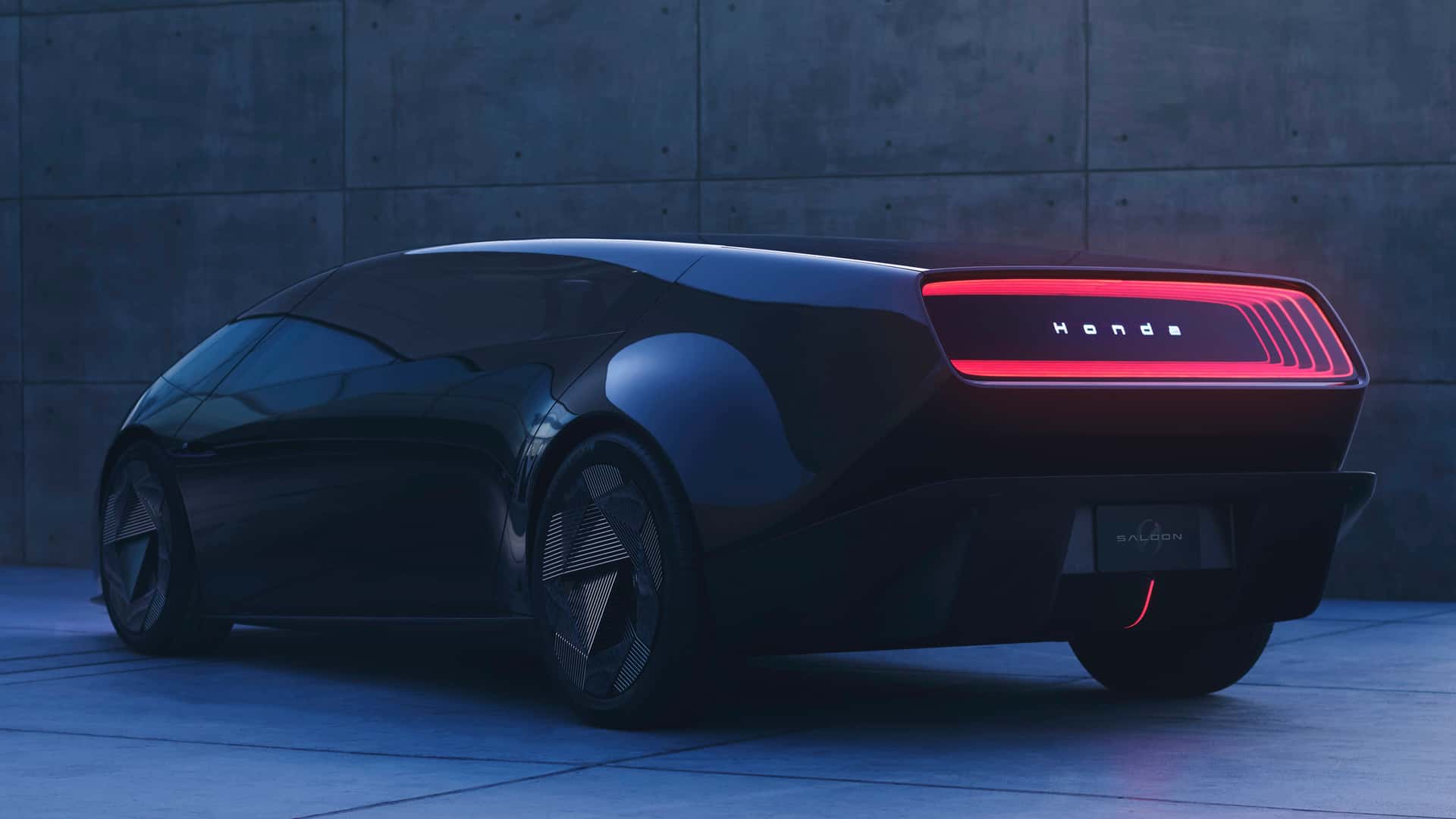
Another contender is the Honda 0 Series Space-Hub, previewed alongside the Saloon. Featuring a boxy, upright silhouette and a focus on spacious interiors, the Space-Hub is designed for versatility, potentially catering to urban families, ride-hailing services, or even light commercial logistics.
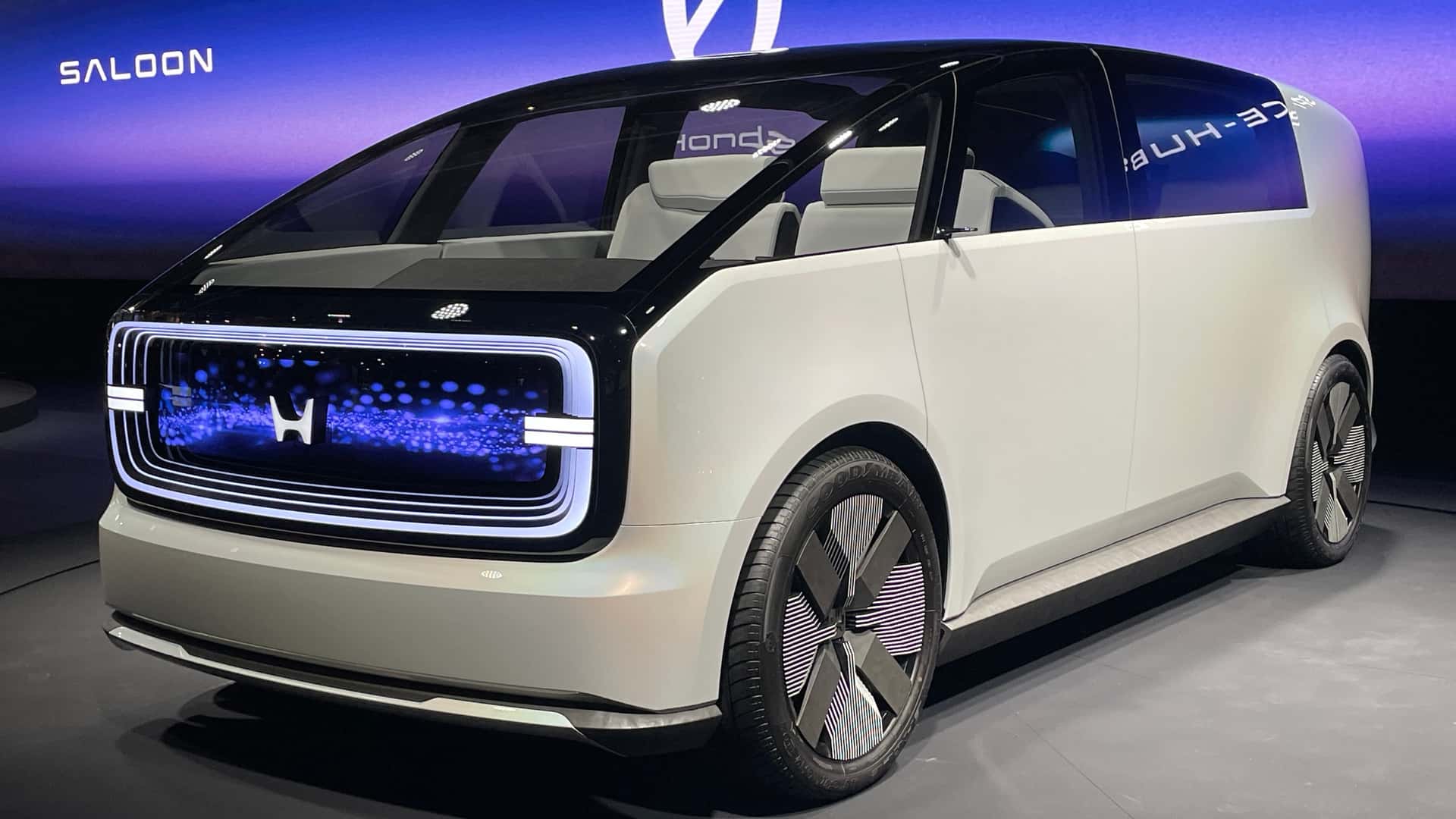
However, for the 0 Series, only the left-hand drive prototypes have been previewed and are planned for a mid-2026 launch. Honda is also planning for a global market launch, so we might see right-hand drive production models as well, especially considering that it will also be introducing EVs for its home market.
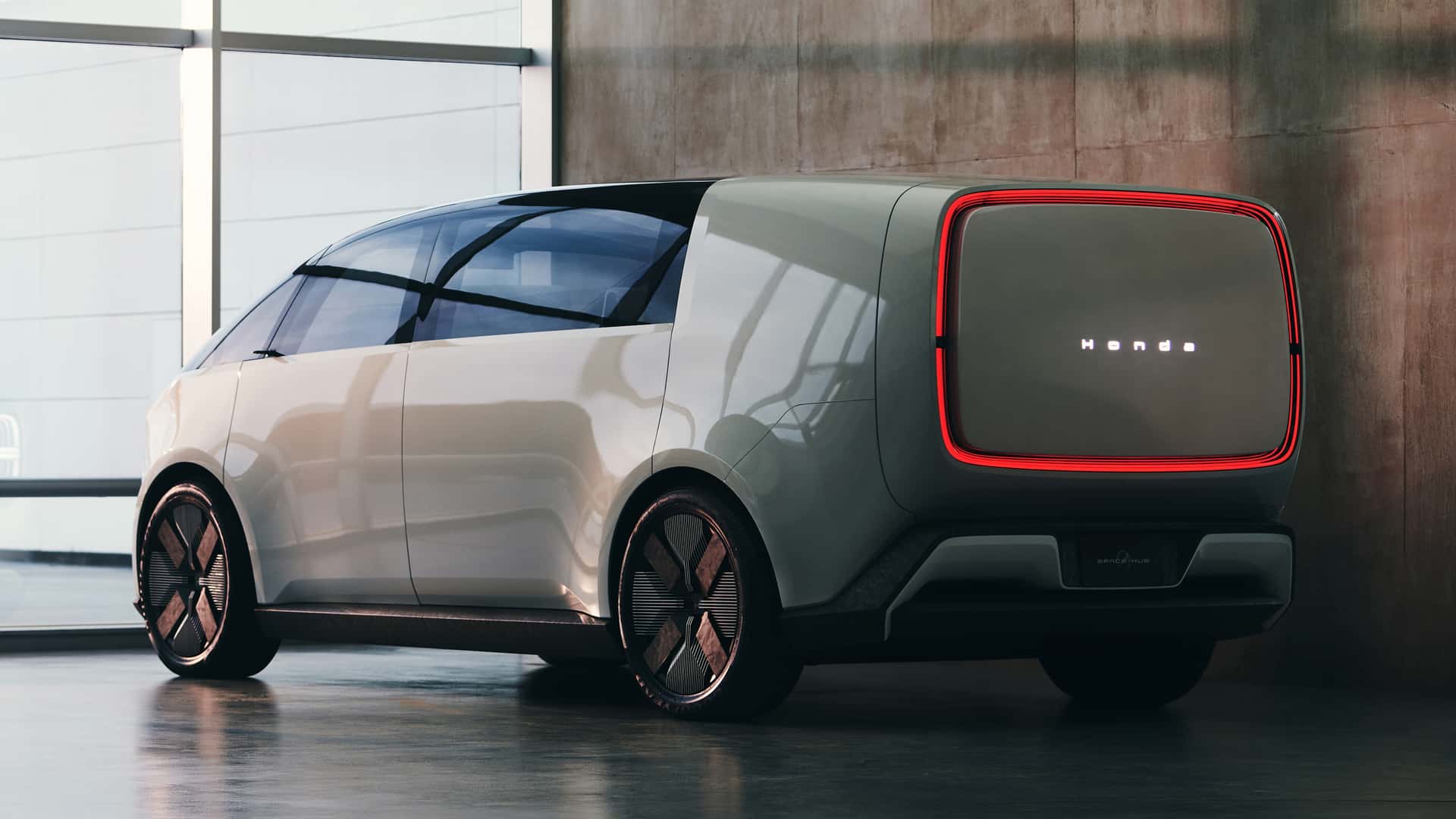
Beyond the 0 Series, Honda’s Chinese-market Ye Series could also provide viable candidates. In particular, the mid-size Honda Ye P7 and S7 SUVs, both built on Honda’s dedicated EV Architecture W, stand out with their blend of performance and practicality. These models feature configurations for rear- or all-wheel drive (with left-hand and right-hand drive versions) and are powered by an 89.8 kWh CATL-supplied battery, delivering up to 650km of range on China’s CLTC cycle.
Although Honda Malaysia has yet to officially confirm the names or specifications of its forthcoming EVs, the company’s commitment to expanding its electric portfolio is increasingly evident. These future models are expected to play crucial roles in establishing a more robust EV presence locally and meeting growing consumer demand for cleaner mobility.
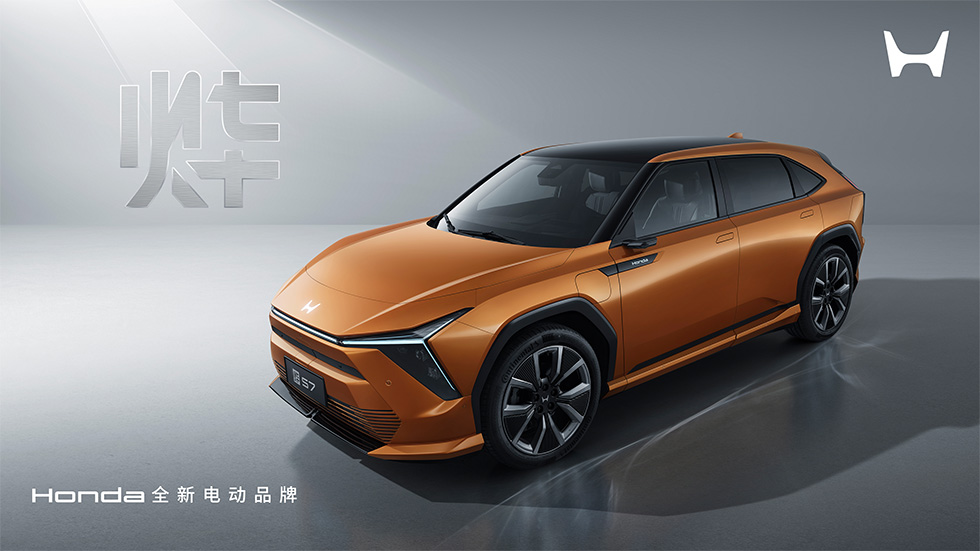
What about local assembly of EVs though? This was a question that was asked during the press conference that followed the launch of the e:N1. Though representatives of Honda Malaysia did not discount it, they did point towards governmental policies. Particularly around taxation and subsidies.
With the EV road tax exemption set to expire at the end of the year and with the government saying they have no plans to extend it, that may result in slower adoption of EVs and thus making it less appealing for car makers to assemble EVs locally.
For now, though, the newly launched Honda e:N1 is available at RM149,900 and comes with an eight-year or 160,000km warranty, whichever comes first, covering both the EV battery and the electric drive system.




